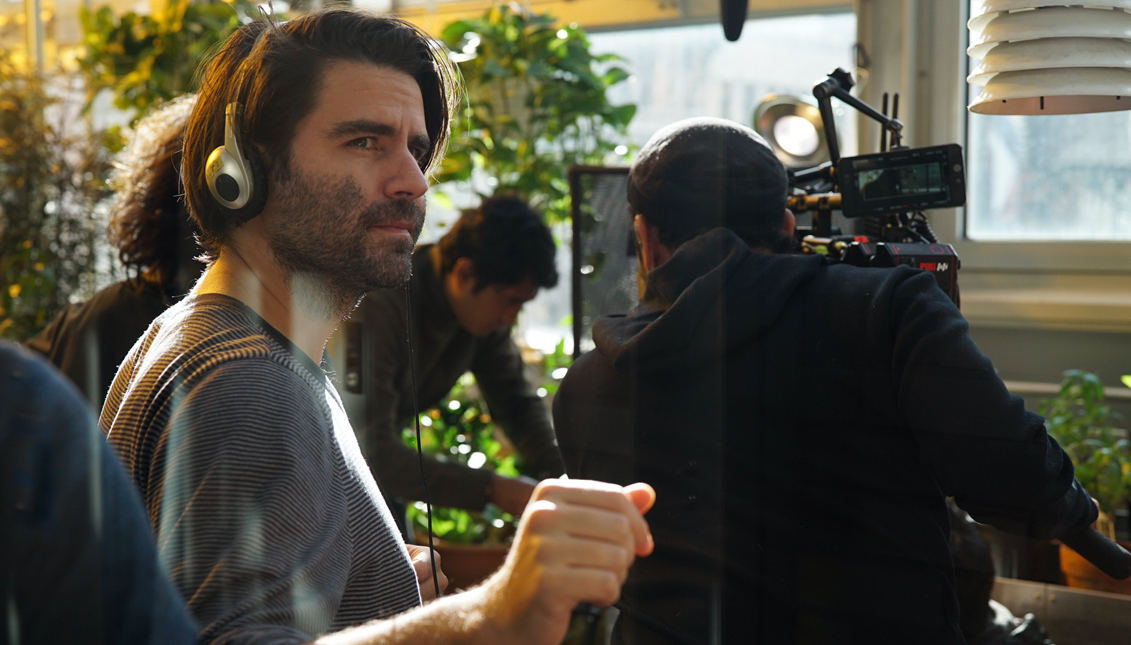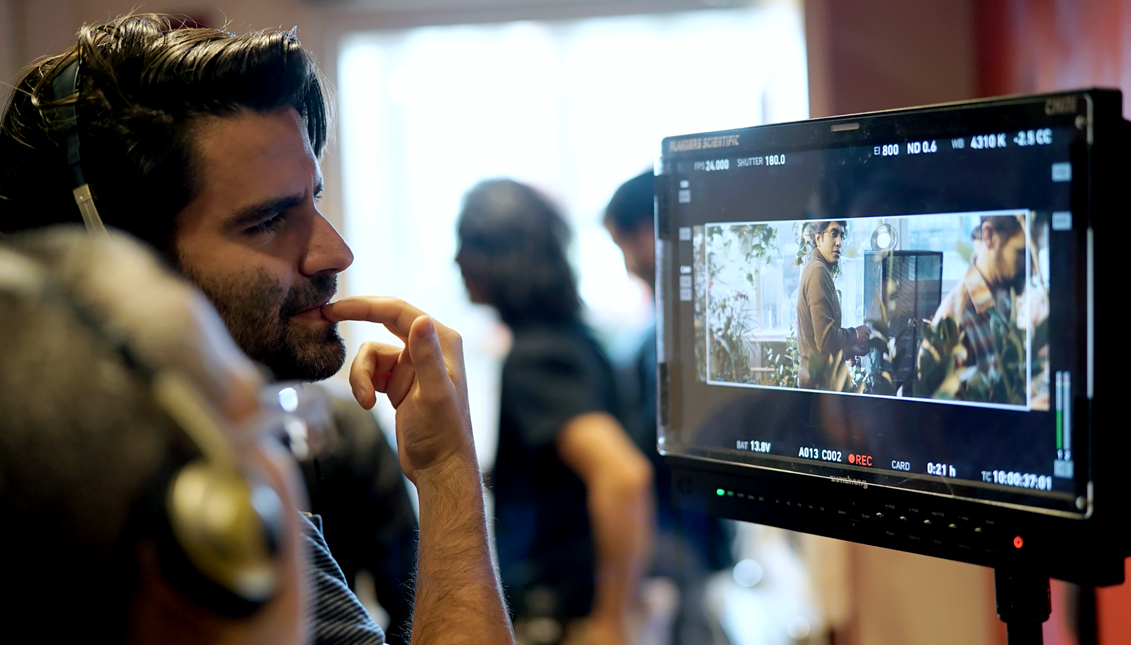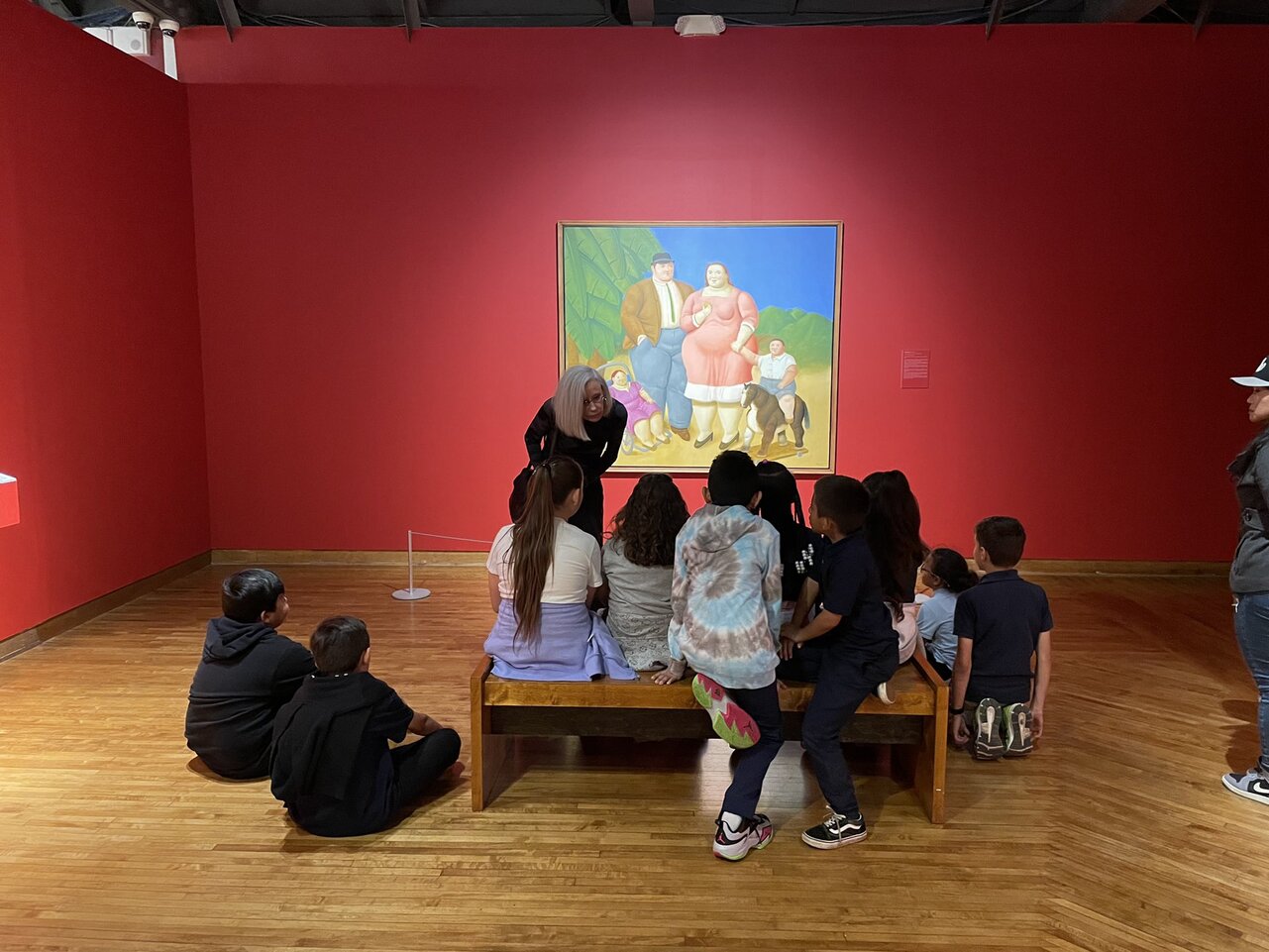
A scientist, shaman and migrant
After its successful run at Sundance, the latest film by Alexis Gambis is a story about identity, genetics, migration, science and myth.
Starting in late summer, millions of monarch butterflies begin a long journey back and forth from the United States and Canada to the mountains of central Mexico, where they spend the winter.
In towns like Angangueo, Michoacán, these immigrants, whom no one cages but claim for themselves, line the coniferous trees of the sanctuaries with orange colors.
They are the survivors of an odyssey that involves thousands of kilometers and more than a few obstacles: fields sprayed with herbicides, forests razed by illegal logging and mines like those that dot the landscape of Michoacán.
Mendel was born in Angangueo, in the land of the sleeping monarch, which is also a “hot land” because of the stalking of narcos.
A flood left him and his brother Simon without parents and in the care of their grandmother; then Medel migrated to the United States to become a scientist and Simon stayed. Now that the matriarch is dead, Mendel must begin his return which, like the butterfly, will involve a transformation.
This is the beginning of Son of Monarchs, a film by French-Venezuelan filmmaker and biologist Alexis Gambis, which received the Alfred P. Sloan Feature Film Prize at the Sundance Film Festival and now begins its own journey through the most prestigious festivals in the United States.
It’s a film where science crosses with magical thinking, myths and ritual, bringing together once again the figure of the doctor and the shaman in the same person — that of Mendel.
“The separation between science and mysticism happened in the last 50 years; at one time science was magic, but it was put in this white room separate from nature and ritual,” said Gambis, for whom looking through a microscope is metaphysical and spiritual.
“Mendel feels between two countries [Mexico and the United States], but through science he gets closer to their history, culture and mythology, and can transcend the separation between those two worlds,” he explained to AL DÍA.
Bridging science, ritual and art is something always present in the work of Alexis Gambis, who became interested in film through science, while studying insects and molecular biology in New York.
“It’s a little bit like my life,” he said. “That brought me closer to art.”
“It’s a little bit like my life,” he said. “That brought me closer to art.”
During his PhD in genomics, Gambis began shooting short films and dabbling in magical realism, until he founded the Imagine Science festival, studied cinematography and eventually realized that science was his unique ingredient to filmmaking.
“A lot of people say I went from biology to cinema, but I like to think of myself as a scientist. A researcher with a camera,” he said.
After all, what does a scientist do if not tell stories to understand the world? Science and myth are two sides of the same coin.

If science and ritual are not watertight compartments for Gambis, but in constant symbiosis, so is the search for identity that drives the protagonist of Son of Monarchs on a journey to his roots.
“Identity is very complex and is both that of one’s maternal country and that which one forms throughout one’s life and which is very much related to genetics,” the filmmaker said.
Mendel, who received his name from Gregor Mendel — the father of genetics — is a Mexican who migrates to the United States for different reasons than those usually shown in cinema when depicting Latinos. He’s a trained scientist like the artists and researchers Gambis met in New York.
“I wanted to show that fluidity in the migration of the one who crosses the border and returns, a round trip like the monarch butterfly does every year. But with the monarch there is something else, because it has three identities: Canadian, American and Mexican, and I wanted to tell the story of someone who has several identities and how they relate to each other, as Mendel seeks to understand who he is while being his own antagonist,” he said.
The issue of the fluidity of migration is also addressed in Son of Monarchs through two languages, adopted English and Spanish.

In order to build, it is often necessary to destroy.
In other words, life is a cycle of death and rebirth, even some facets of ourselves. It is through the end of existence — the death of his grandmother — that Mendel is able to begin his own metamorphosis, mourning the person he was as the viewer magically becomes his companion.
CONTENIDO RELACIONADO
“We have the obsession of being fixed in time but metamorphosis is something we cannot resist. Just like Mendel, who does not want to change even though he is aware of his change; at the same time it is precisely this transformation of the butterfly from caterpillar that marks the time of history,” said Gambis, for whom understanding that we are part of this change is essential for humans and animals to adapt.
It happens in our DNA too, slowly and silently, but constantly. And it is often something we try to control: our genetic identity. The possibility of dodging disease, and even death.
“A lot of times in scientific cinema, it’s science fiction and there’s always a bit of horror and fascination with the future, but what I love is to play with magical realism and play to see the future with a mix of reality and fantasy,” said Gambis.

Framed in the Trump era, although not very explicitly, if Gambis were to shoot the film again it wouldn’t be much different:
“I never wanted to mention Trump directly but he made a comment that really inspired the film about Mexicans being animals. And I thought, ‘Yes, he’s right, he calls us animals but we are animals,’” he said.
“I never wanted to mention Trump directly but he made a comment that really inspired the film about Mexicans being animals. And I thought, ‘Yes, he’s right, he calls us animals but we are animals,’” he said.
Gambis is a master of metaphor, of how science can talk about man, but also about politics through nature and especially animals.
As when Mendel’s friend Vicente explains how ocelots cannot cross the border because of Trump’s wall or refers to the nahual, a mythological animal known as a “skinwalker” is also a symbol of the same transformation.
Climate change and the devastation of Angangueo as a result of mining and illegal logging are also two axes of the story. Gambis deals with them via science and myth by having Mendel’s grandmother tell him that she is as old as the forest, or by referring to how it was believed that the soul of some people was embodied by the butterfly. She also harkened back to the flood that ended the lives of Mendel’s parents and a much earlier snowfall that caused the death of the monarch butterflies, which are now in danger of extinction.
The film’s shooting was an exercise in environmental awareness and anthropology. The filmmaker traveled for years to Angangueo to learn how the local people lived, and ended up involving them in the film, shooting several short films in the process.
At the same time, he gained privileged access to the sanctuaries, where a fiction film had never been shot before.
“I spent three years going to Mexico as a researcher to understand the sanctuaries and also the deforestation, pollution and the mine they closed in Angangueo and are going to reopen,” Gambis said. “When we got access to film the hibernating monarch colonies, it was a very quiet experience and we all had to adapt, including the children, who improvised a lot by imagining that the monarch colonies are bears.”
“Do you think we’ll be able to fly someday?” Mendel asks his brother when they are still very young. Simon answers with a date: 2023.
Reality, also the speculated one, drinks from wonder.
Currently, Gambis is immersed in other projects such as The Kiss and Mouse Trap, a docu-fiction set in his childhood home with him as the main character. The film deals with the search for memory and mice.











DEJE UN COMENTARIO:
¡Únete a la discusión! Deja un comentario.